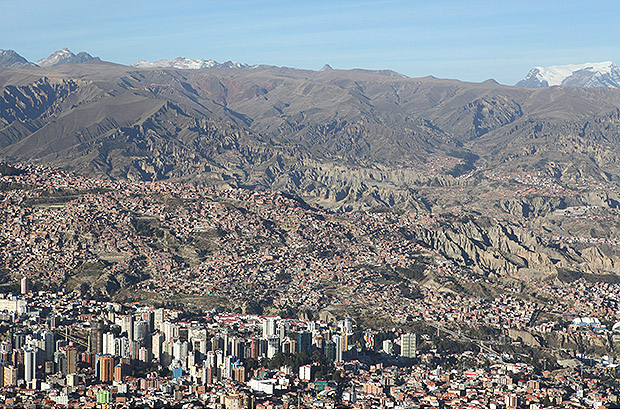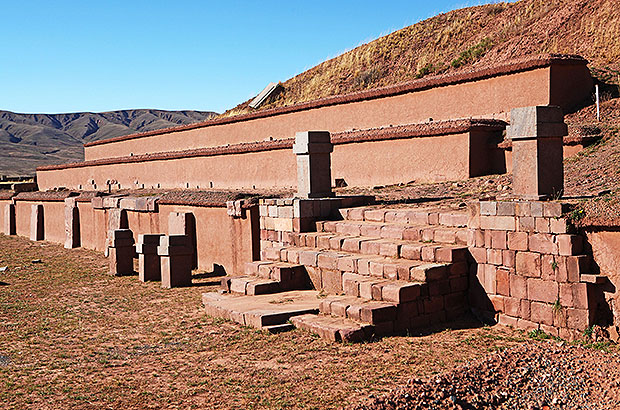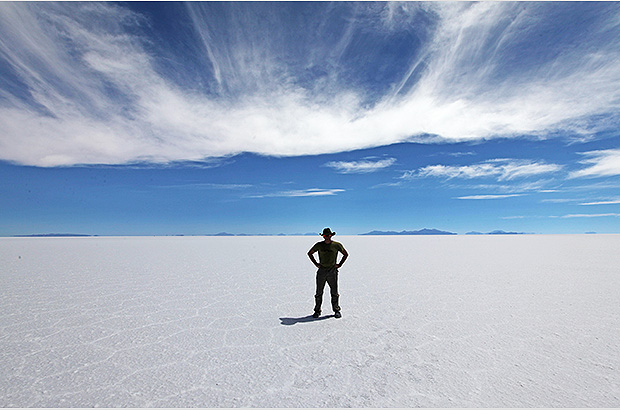FAQ
- Bolivia climbing questions
-
Mallorca island and rockclimbing
- What are main specifics of rockclimbing trip to Mallorca
- Mallorca island impressions
- Rockclimbing safety Spain
- Mallorca climbing accommodation
- What season is possible for rockclimbing in Mallorca
- Transport accessibility of climbing sectors in Mallorca
- Active vacation in Mallorca
- Saint Anthony night in Mallorca
- Peru climbing questions
- Gear reviews
-
Safety in the mountains
- How NOT to climb the summit?
- Mountain navigation
- At the limit of possibilities
- Mountain thunderstorm
- Solo ascents and mountain trips alone
- Mutual responsibility in mountaineering
- Safety illusions in the mountains - a rope
- Independent team of two
- Mountain troubles
- Psychological problems in the mountains
- Health in the mountains
-
Elbrus questions
- Elbrus climbing gear
- Climbing Elbrus with children?
- Mount Elbrus location?
- Elbrus logistics
- How to get to Mount Elbrus?
- Elbrus German airfield?
- Elbrus difficulty grade
- 5 points beginner must know about Elbrus
- How to prepare for Elbrus?
- Are there avalanches on Mount Elbrus?
- Climbing Elbrus solo?
- Seasonality of climbing Mount Elbrus
- How much time climbing Elbrus takes?
- Clothes for Mount Elbrus?
- Pressure at the top of Elbrus?
- Elbrus air temperature
- Elbrus sightseeing
- How much to climb Elbrus
- Gear questions
- Mountaineering questions
- Mountain climbing training
-
Rockclimbing questions
- Rockclimbing gear
- How to choose your first rockclimbing shoes
- The hand power in roclcimbing
- What is Rockclimbing tours
- Non olymnic rockclimbing
- What is rockclimbing?
- Where do you climb?
- Where and when we organize our rockclimbing programs?
- What is rockclimbing?
- Rockcliming program class?
- Climbing motivation
- Horse riding tours
- Iceclimbing questions
-
Questions on the alpine programs
- What to climb in Morocco?
- Weekend summit climb
- Georgia 2023
- Pico Aneto - what is that mountain?
- Mountain programs format
- Mountain climbing food ration
- Queries on the alpine program climbing Mount Bazarduzu
- Queries on the Kamchatka alpine program climbing
- What is combined program?
- What is sightseeing program?
- What is pilot program?
- What programs you have of the medium complexity level?
- Basic expedition rations
- Prices for the mountain climbing programs
- Queries on the Mountain Course in Adyl Su valley
- Program complexity?
- Questions about MCS AlexClimb
- Questions related to trekking programs
Bolivia climbing questions
Traveling and climbing in Bolivia
Read in Telegram in English
Leer en Telegram en Español
Collection of MCS AlexClimb programs in Bolivia - here
Frequent questions about mountaineering, climbing, trekking and excursion programs in Bolivia
Where to begin? - Climbing Huayna Potosi
Climbing Nevado Illimani - what are the difficulties and features?
Peru and Bolivia - which country is more interesting?
Which mountains in Bolivia are climbed?
What mountain system is located in Bolivia?
La Paz - what to prepare for visiting this city?
What interesting excursions can be organized in Bolivia?
This set of articles will help you to prepare and find the best solutions for organizing your trip to Bolivia - country of the snowy mountain peaks and crystal high mountain lakes.
Bolivia. A very peculiar and original South American country, entirely located in the high-mountainous part of the Andean ridge without access to the ocean coast. Altitudes above 4000 m predominate on the territory of the country, and the capital of Bolivia, La Paz, with a population of just over 800,000 inhabitants, is located at an altitude of 4100-4300 m.

Panorama of the highest mountain capital in the world - the capital city of Bolivia La Paz
The population of Bolivia is 12 million people, of which 800,000 live in the capital of Bolivia, La Paz. Most of the population of Bolivia live in the remote mountainous regions and are engaged in primitive agriculture. More than 60% of the population of Bolivia lives below the poverty line - a significant indicator of the deplorable economic condition of the Bolivian population, especially in comparison with neighboring countries - Peru, Brazil, Argentina and Chile.

Traditional outfits of Bolivian women in rural areas of Bolivia
As an independent state, Bolivia was formed quite recently - the independence of this country was declared in 1825. Previously, Bolivia was part of the Republic of Peru and was called Upper Peru. In general, to this day, both countries - Peru and Bolivia have many similarities, such as the predominance of mountainous terrain, the same set of national languages, led by Spanish and Quechua. Common historical roots.

Archaeological site of the Pre-Inca times - the ruins of Tiwanaku
The part of the Andean ridge where Bolivia is located is called Cordillera Real, the highest point of the country is the Sajama volcano with an altitude of 6542 m.
Tourism in Bolivia is one of the priority areas for economic development. Bolivia has colossal resources for the development of tourism, mountaineering, trekking, various forms of ethno- and eco-tourism. Fantastically beautiful mountains, variety of beautiful alpine lakes, among which there is the famous Lake Titicaca, located on the border with Peru. Traditions of the native population, going deep into the thousand-year history of the ancient peoples of the Inca, Quechua, Aymara are not spoiled by the modern civilization. These features make any visit to Bolivia an interesting and unique event, an opportunity to get an unforgettable experience.

Lake Titicaca and Cordillera Real
The standard set of the tourist programs in Bolivia includes an acquaintance with life style of the highest mountain capital in the world - the capital of Bolivia - La Paz, a visit to the Salar Uyuni - a giant salt lake famous throughout the world, climbing Huayna Potosi, Illimani, Sahama and other mountains, comfortable holidays and excursions on the Lake Titicaca.

Trip to Uyuni Salt Flats, Bolivia
However, this modest set does not list everything for which you can fall in love with Bolivia. This country has a truly inexhaustible resource for the development of any form of tourism - that is my personal opinion that Bolivia can compete with Nepal in the quality and variety of its natural attractions invaluable to the tourists.
The author of the texts and photos of the section is Alex Trubachev
MCS EDIT 2023
Our Principles
AlexClimb Rule #1 - Safety First
From the very beginning of our activity, here nearly 16 years, the first Principle of work of School of mountaineering and rock-climbing of MCS AlexClimb is the Safety Priority. On the basis of this Principle all process of training is based, all programs and rounds are developed and carried out only within this main principle. We consider that at professional approach to development of programs, at personal discipline and correctly put motivation - occupations by mountaineering and rock-climbing are COMPLETELY safe. And from the return - all troubles and accidents in our sport come from nonprofessionalism, from ignorance or neglect by elementary standards of safety, from irrational motivation, from revaluation of own forces and opportunities. All these prerequisites we COMPLETELY EXCLUDE in our work - ours Rock-climbing, Ice climbing and Mountaineering are based on one Principle - the Safety Priority. In rock-climbing, mountaineering and ice climbing, the Priority of Safety of MCS AlexClimb-is your personal security and comfort irrespective of, than we are engaged - we train muscles and we work technology of the movement in the sports hall and on the rock climbing wall, we make the way through snowstorm to top or we relax on golden sand of the Caribbean beach after hot day of trainings on rocks. The Safety priority - the main credo of School of mountaineering and rock-climbing of MCS AlexClimb.
AlexClimb Rule #2 - Leave No Trace
Closely interacting with Nature, working with the active programs in mountains, woods, lakes and rivers, we perfectly understand the importance of carefull and respectfull bahavior towards the Nature, for its resources. From the very beginning of our outdoor-activity we adopted rules of Leave No Trace technique - the standard of behavior of the person accepted in all the civilized world in relation to environment and especially - to the wild nature. After all on the relation of people to the nature near which they exist, itself can draw dalekoidushchy conclusions on the relation of these people to... Where and as we didn't travel - we don't reserve any garbage, we try to reduce whenever possible our influence on environment to a minimum. We clear earlier zagryazyonny tourist parking of the left garbage, we take out and we take out to utilization places that to us other people left there. We consider that only thus, at personal individual consciousness of each citizen, each tourist, climber or autotraveller, we will be able to keep the nature surrounding us in its state, natural, suitable for life, - in it pledge of the healthy future for ourselves and our children.





